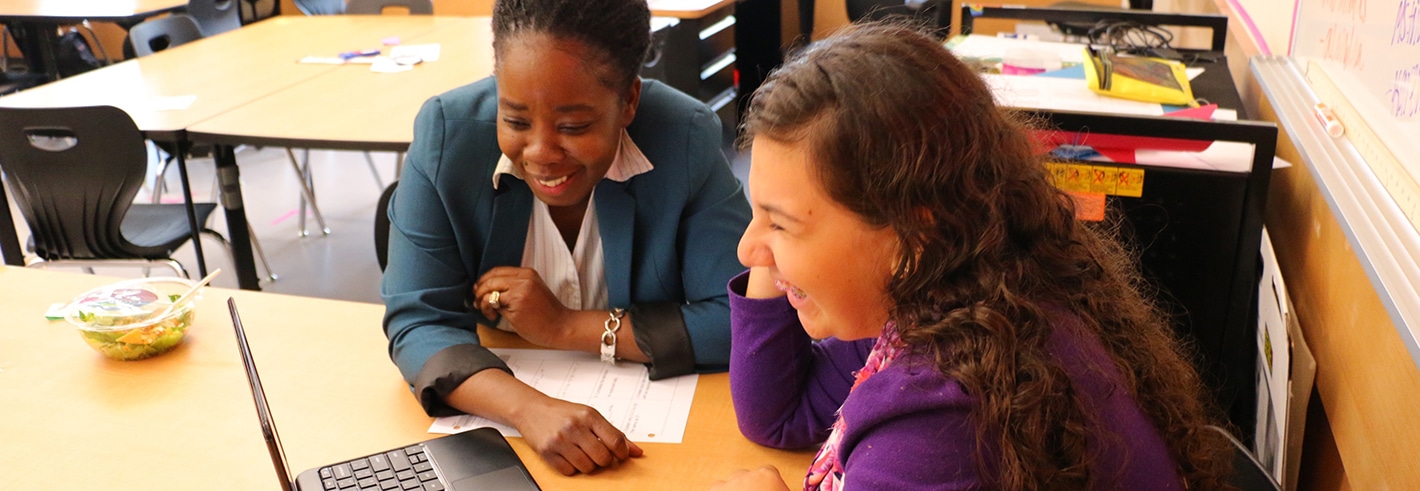Executive Summary
All too often, the connection between teachers and technology falls flat. Pioneering schools and educators search for technology to support new instructional models, only to find that existing options do not align with their evolving classroom practices. This case study describes how Leadership Public Schools (LPS), a charter school management organization that operates high schools in the San Francisco Bay Area, and Gooru, a nonprofit edtech company, co-developed a technology to support LPS’s personalized learning model and improve student outcomes.
Prior to the partnership, both organizations were trying to find better ways to expand the impact of their personalized learning efforts. LPS had developed a successful personalized learning model, but had found it difficult to scale the teacher-developed technology that supported the model beyond its original pilot classrooms. Meanwhile, Gooru had experienced slower-than-expected adoption of its platform because it was not adequately addressing teachers’ use cases. Over the course of a year, the two organizations worked together to redesign Gooru’s technology to align with LPS’s instructional model. Four critical elements enabled their successful partnership:
- Teaching practices guided the technology. LPS and Gooru made sure that teaching practices guided the development of the technology, rather than technology driving the instructional model. Consistent with this approach, they formed a clear vision up front of the core design principles for transforming teaching and learning.
- Teams fostered intensive collaboration and a shared language. In order to ensure that the redesigned technology accurately aligned with LPS’s instructional practices, the teacher that developed LPS’s personalized learning model became an embedded member of Gooru’s design team. This level of collaboration proved critical for allowing the team to develop a shared language and understanding of their joint work.
- LPS tested design assumptions in its classrooms. As the members of the project team developed ideas for improving Gooru, they tested their design assumptions with LPS teachers by creating simple prototypes to pilot in classrooms. Working within the context of the classroom led to design decisions that were better aligned with teachers’ needs and practices.
- Both organizations had business models that prioritized the partnership. LPS and Gooru’s business models undergirded the success of their partnership. Because the project was funded with grants and because the two organizations had other sources of revenue to sustain their ongoing operations, they were able to focus on ensuring the project’s effectiveness.
Gooru and LPS are now working to scale their technology and its associated personalized learning practices to other K–12 schools and teachers. It remains to be seen how the partnership will persist over time and how the system they developed will address the “build versus buy” dilemma facing the broader education sector. Moving forward, LPS and Gooru will need to prove that their business models can sustain their partnership long term, given the differences between their primary missions. In the meantime, their story provides important insights into how schools and edtech companies can collaborate to meet the instructional needs of teachers and improve student outcomes.



